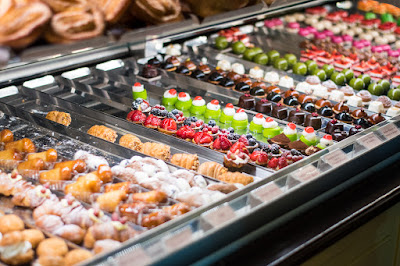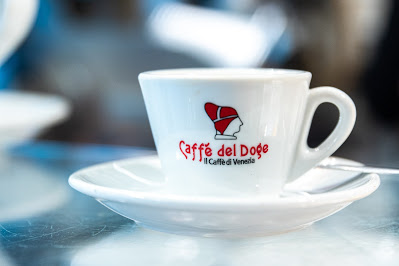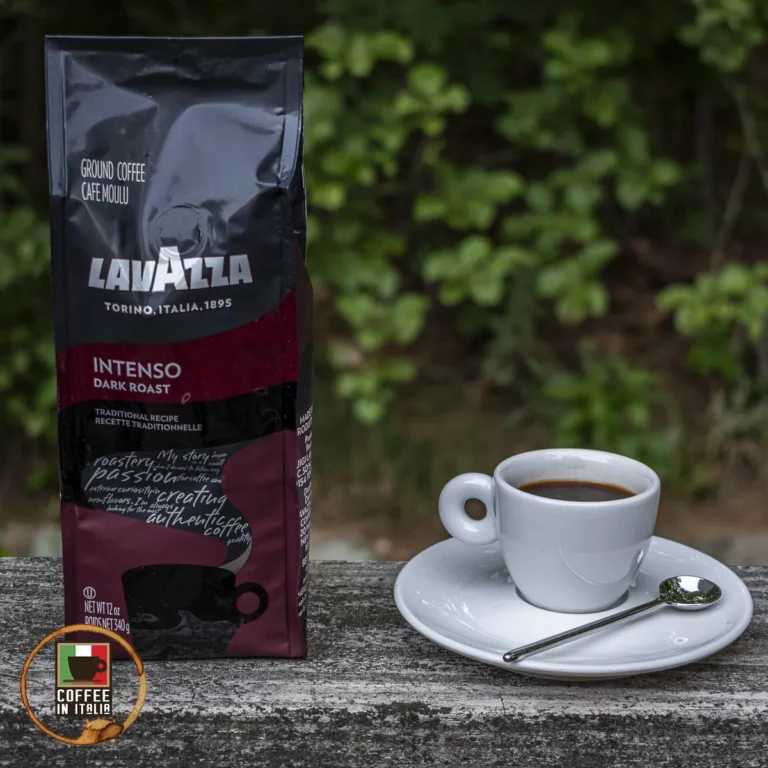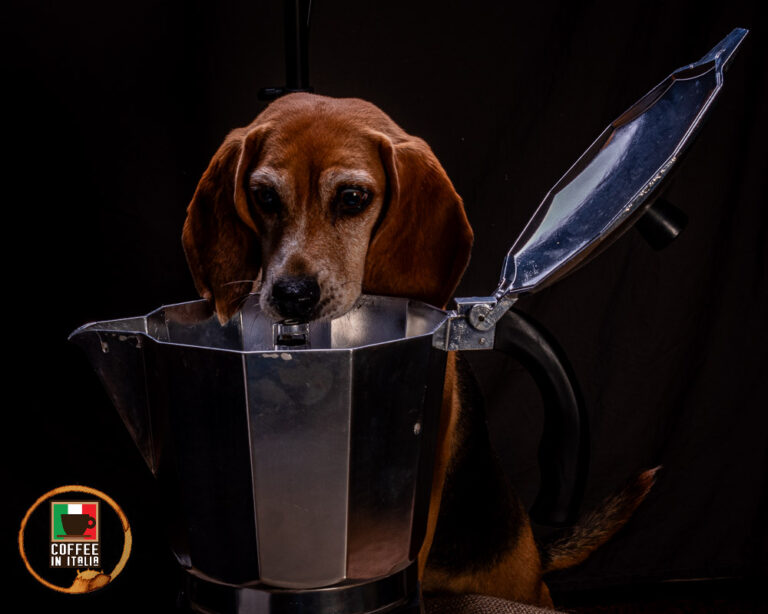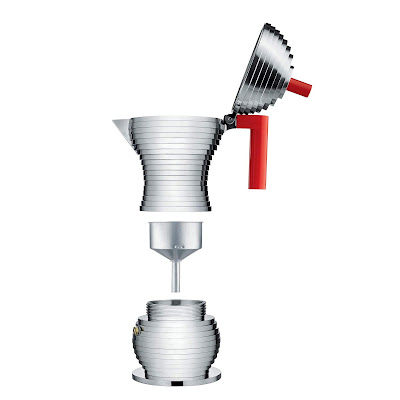Authentic Italian Cappuccino Is A Great Way To Start The Day
Enjoying an authentic Italian cappuccino is the best way to start your busy day and this guide will help answer all of your questions on the tasty experience.
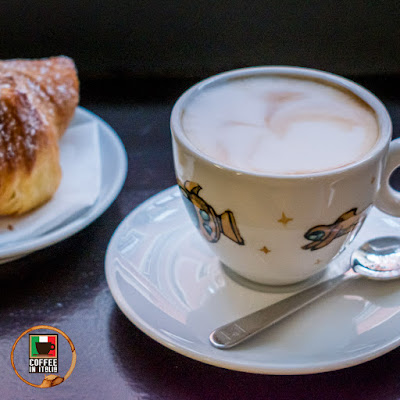
Enjoying an authentic cappuccino in Italy is a different experience than what you would find in the US. There are cultural expectations, and limitations, that you might want to be aware of if you are looking to fully embrace Italian coffee culture. Here are some of the frequently asked questions that you might find helpful.
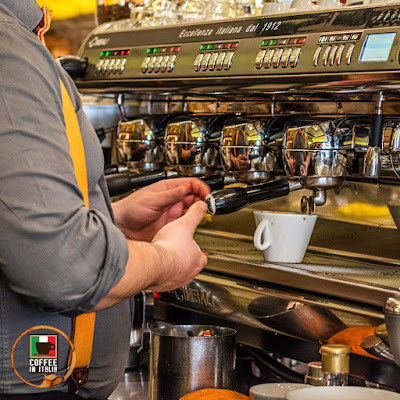
Authentic Italian Cappuccino Frequently Asked Questions
What Is A Traditional Italian Cappuccino?
A traditional Italian cappuccino is a pretty simple drink, made up of a shot of espresso and heated, foamy milk. To be more specific, the espresso is made with a commercial, or high quality home model, espresso maker and proper Italian roast coffee beans. Additionally, typically whole milk is heated with steam which adds a foamy consistency. Unlike a latte, a cappuccino uses equal parts heated milk and foam.
What Is The Italian Rule For Cappuccino?
If you want to fit in when you come to Italy and not get sideways looks from a waiter or barista, you want to avoid ordering a cappuccino after 11:00AM. An authentic Italian cappuccino is considered a breakfast drink, and it pairs perfectly with a cornetto or maritozzo for a complete breakfast. However, it is not unusual to get your shot of caffeine after a lunch or dinner, but it is limited to a shot of espresso (without milk).
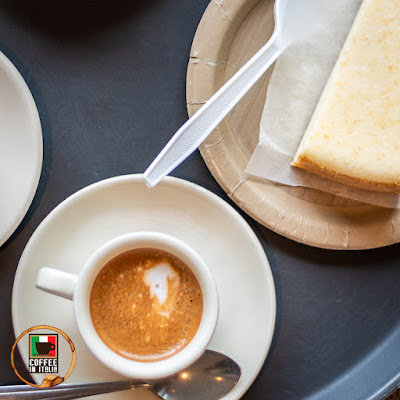
Why Don’t Italians Drink Cappuccino At Night?
Something we learned since moving to Italy is that Italians put a high emphasis and importance on the digestibility of a food. Telling your host that the meal they just served you was “highly digestible” is more of a compliment than you might imagine. With that backdrop, dairy is considered harder to digest, so the belief is that enjoying a cappuccino in the afternoon or evening will cause digestive issues all afternoon or night, depending on when you try to digest it.
What Is The Difference Between Italian And Regular Cappuccino?
This question is an interesting one, because my first reaction was that Italian cappuccino is the only authentic cappuccino, so what do you mean by “regular”. Once I thought more about how cappuccinos are made in the US, the differences became very clear. There is no relation between a traditional Italian cappuccino and the garbage, overly sweet Frappuccino nonsense you will find in the US. An authentic Italian cappuccino has coffee and steamed milk, and sugar only if you want to add it.
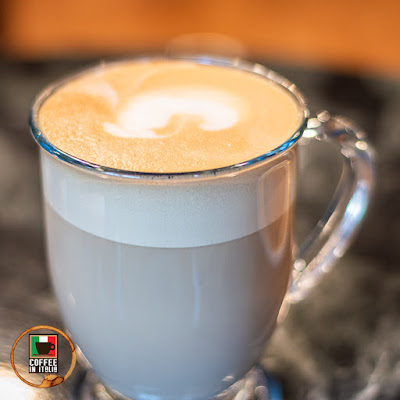
The other major difference between authentic Italian cappuccino and a cappuccino in the US is how it is presented. While some Art History majors who are now baristas want to express themselves through Latte Art, this is not a thing in Italy. When you go to a bar and order a cappuccino for breakfast, you will get your coffee drink quickly and without artistic expression. There are certainly exceptions, but these are in places that most Italians don’t bother frequenting.
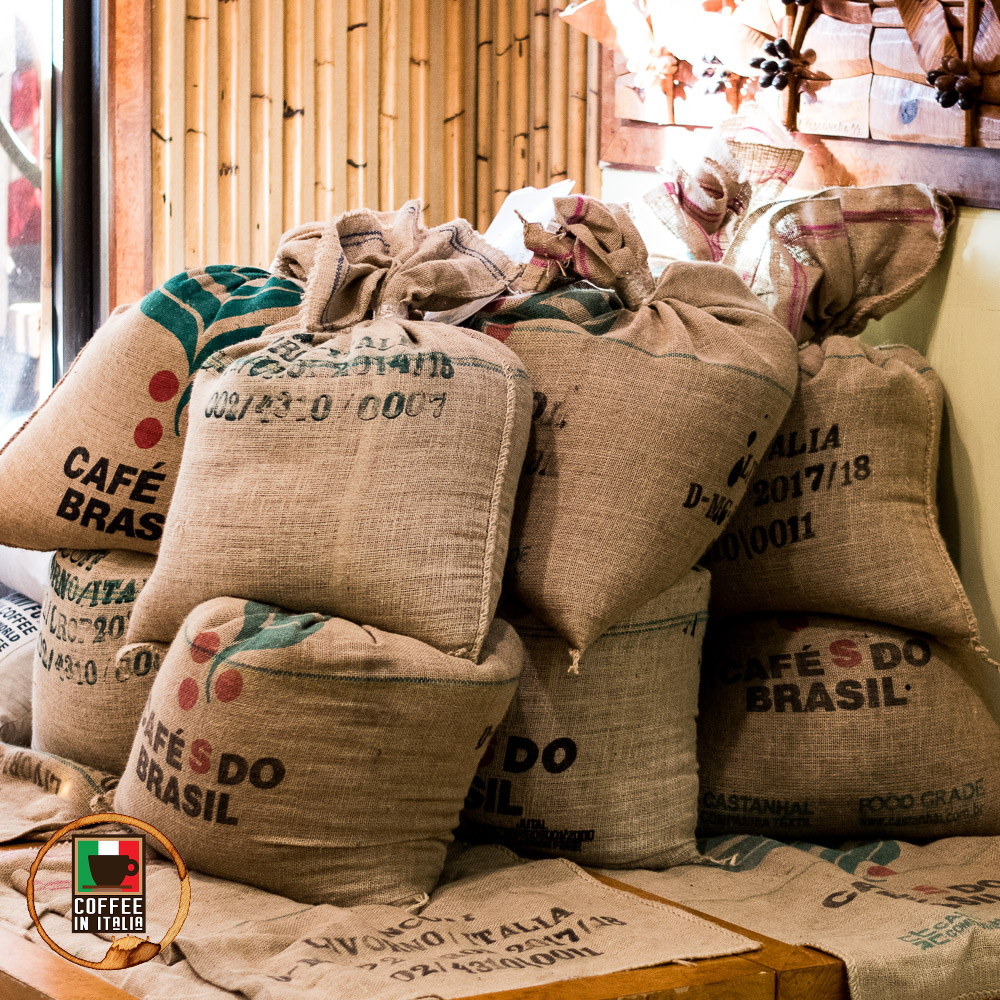
How To Make A Good Italian Cappuccino?
No better source than Lavazza to describe how to make a cappuccino the Italian way. For the highlights:
- Choose an espresso roast coffee.
- Use whole, refrigerated milk (if your diet allows).
- Grind your whole coffee beans.
- If you are not using a Moka, tamp the grounds.
- Use a warm cappuccino cup.
- Brew the espresso shot and add to the cup.
- Froth the milk.
- Swirl the milk and foam to blend and pour the milk into the espresso.
What Makes Italian Coffee Different?
The coffee beans themselves are sourced from the same coffee growing countries as most other coffee roasters from other countries, although the specific farmers probably do vary. Depending on the roasters, the Italians do use Robusta and Arabica beans, but the magic comes from the roasting style. Italians generally roast their coffee beans fairly dark, which results in a stronger, toasty and bitter taste, but which isn’t sour or burnt. This pairs so well with the milk you would add to a cappuccino that without Italian roasted coffee beans, it is unlikely you can recreate an authentic Italian cappuccino.
Is Italian Cappuccino Sweet?
Italian cappuccino is not sweet, unless you choose to add sugar, or some other syrup, to the cup, but when the barista hands you the cup of cappuccino, you will taste a bitter espresso roasted coffee and whole milk, neither of which are sweet. I prefer unsweetened coffee drinks, but it is pretty common to add sugar and the packets are easily available at any decent bar in Italy.
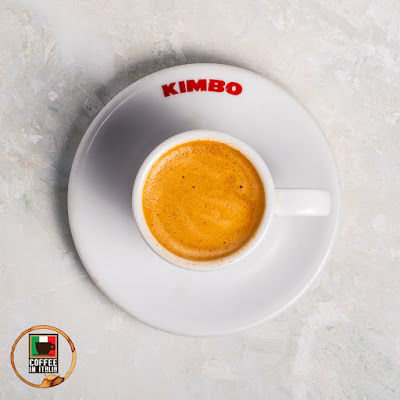
More Italian Coffee Culture Experiences
If you are interested in learning more about the ways that Italian coffee is enjoyed and the culture that embraces it, you should check out some other posts:
Illy India Coffee Will Start Your Morning With Flavor.
Are Sant’Eustachio Coffee Beans Worth A Taste In Rome?
The Most Popular Italian Coffee To Enjoy.
Where Can You Find Some Amazing Italian Coffee?
Check Out Another Great Coffee Based Tiramisu.
The Best Espresso Panna Cotta Recipe You Can Easily Make.


